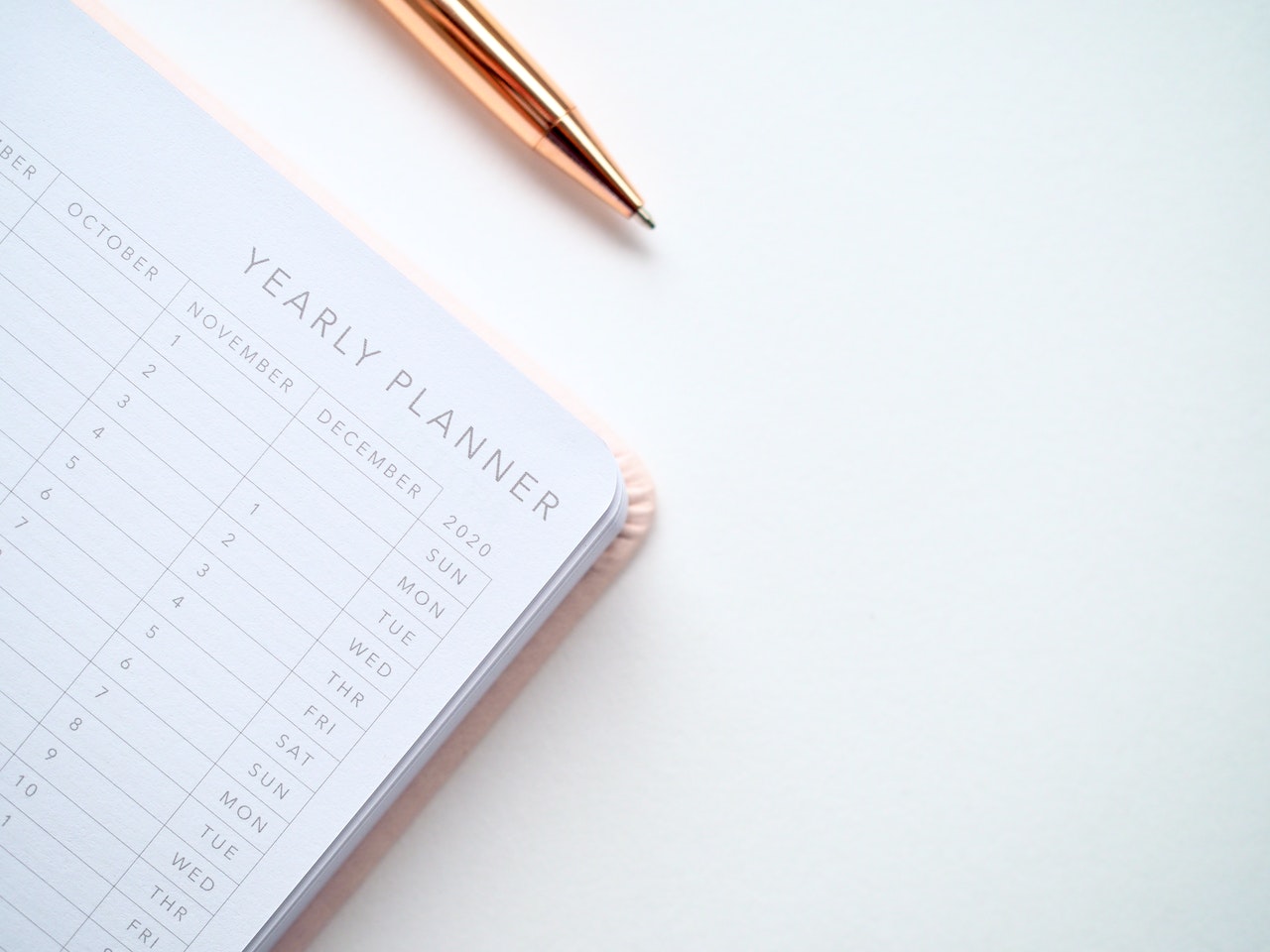We’ve all been guilty of procrastinating at some point in our lives, as it’s not always easy to concentrate on the task in front of us. Whilst we’ve all been there, there are different ways of procrastination, and we don’t all do it the same way.
The two main types of procrastination are active and passive, with active having more positive connotations than the other. Active procrastination is putting off a task to thrive under the pressure of a close deadline, whereas passive procrastination is less deliberate.
What is Active Procrastination?
Active procrastination is intentionally avoiding a task to use the deadline to thrive under pressure with heightened concentration and creativity. People who actively procrastinate choose to favor smaller jobs rather than the overall project deliberately. Essentially, they get the little things out of the way first.
Often, it’s associated with positive outcomes, such as increased motivation and academic success. Alternatively, passive procrastination has negative connotations, like bad time management and increased stress.
If you’re an active procrastinator, you may prioritize specific tasks as you build up to the final project. Some people work best with a tight deadline, using the pressure as self-motivation to complete a task.
Active Procrastination Characteristics
Active procrastinators delay the completion of tasks so that they can use the last-minute rush to their advantage. They find it encouraging to work towards the goal as the deadline looms closer and complete other useful tasks in a productive way.
If you’re an active procrastinator, you may have some of the following characteristics:
High motivation
Active procrastinators thrive under pressure and use tight deadlines to motivate them. Their concentration is increased and they are motivated by the looming deadlines.
Strategic planning skills
You must have good planning skills to be an active procrastinator, as they strategically plan the amount of time needed to complete a task on time in order to meet the deadline.
Productive engagement
An active procrastinator will complete other tasks before the primary one rather than avoid their responsibilities altogether. While delaying the primary task, they do other valuable tasks.
Enhanced creativity
Active procrastinators thrive under the pressure of meeting a deadline, and their creativity and concentration increase. Enhanced creativity can lead to success through creative ideas and solutions.
Productive mindset
Whilst delaying tasks can be seen as negative, an active procrastinator is often goal-oriented as the intention to complete the primary task is there. By prioritizing different tasks, they ensure all deadlines are met and goals are achieved.
Active procrastination is associated with positive outcomes, but it’s worth remembering that all kinds of procrastination come with disadvantages too. It all depends on the individual and whether this way of completing tasks works for you.
Pros and Cons of Active Procrastination
Active procrastination comes with pros and cons, and what may work for one person may not for another. Someone who actively procrastinates is similar to a non-procrastinator due to the intent to complete the task in a successful way that works for them.
Here are some pros of active procrastination:
Good time management
An active procrastinator will intentionally prioritize their tasks, starting with the smaller ones before building up to the main task. It can be said that whilst it’s a last-minute approach, an active procrastinator exercises good time management as they aim to meet the deadline.
Better academic outcomes
If a person thrives under pressure and uses active procrastination to succeed academically, they may achieve better outcomes by tailoring their approach to their ability. Active procrastinators use the motivation of pressure to help them concentrate more and enhance their creativity which may lead to better quality work.
Increased self-motivation
Active procrastination could increase a person’s self-motivation as they purposefully wait to complete a task before a deadline. By waiting until the last minute, an active procrastinator must be self-motivated to face and complete the job in time.
Whilst there are pros to active procrastination, there are also cons associated with procrastination as a whole.
Here are some cons of active procrastination:
Increased stress levels
Procrastination can increase stress levels as not completing the task can leave it lingering in your mind. Allowing more time to do a project or doing it in advance before the final deadline will help balance stress levels and avoid that last-minute dread.
More room for potential errors
Active procrastinators who leave tasks to the last minute may be prone to making mistakes. If you’re actively procrastinating, you may not allow yourself the time to go over your work and check for any last errors you may have missed.
Reduced motivation
Active procrastination can lead to reduced motivation, as by allowing time to pass, you may become less motivated and dedicated to the task.
The formation of a habit
Active procrastinators have a clear goal in mind, but by doing it too much, you may fall into a habit that’s difficult to break. Whilst active procrastination can be a positive approach, relying on it too heavily can lead to difficulty meeting deadlines in the future.
Active procrastination depends on the individual as it works better for some people than others and the task that needs completing. It’s important to remember that whilst this type of procrastinating has advantages, it may not be the most effective way of facing projects or tasks.
Active Procrastination Examples
Active procrastinators will purposely delay tasks to allow the pressure to help them achieve better results. They prioritize other tasks and use their time management skills to spend their time productively and effectively.
Here are some more examples of what an active procrastinator may do:
Delay the primary task
An example of an active procrastinator is someone who leaves a task to the last minute, using the pressure of the tight deadline to their advantage. By allowing concentration and creativity levels to soar under pressure, delaying the primary task allows for an active procrastinator to thrive.
Complete other useful tasks
Active procrastinators allow smaller, less significant tasks to take up their time and leave the larger, more important task to the last minute. Whether it’s decluttering their bedroom or cleaning the kitchen, active procrastinator prioritizes functional tasks and uses deadline pressure to spur them on.
Plan and prepare
Active procrastinators may spend time planning and preparing rather than diving straight into a task. This is a practical approach as they create space for creative ideas to complete the task to the best of their ability. This can help aid the academic success of active procrastinators as they allow themselves the time to fully prepare for a project.
What’s the Difference Between Active and Passive Procrastination?
Passive procrastination is avoiding specific tasks due to anxiety and self-doubt. Unlike active, passive procrastinators often fail to meet deadlines due to their lack of motivation to complete a project. It’s also associated with more negative feelings, such as stress, poor time management, and a worse academic outcome.
Let’s look at the difference between active and passive procrastination:
| Active procrastination | Passive procrastination | |
| Definition | Delaying important tasks to complete other useful activities. | Delaying important tasks and avoiding productive activities. |
| Time management | Good time management by prioritizing important tasks. | Usually, a struggle to prioritize and complete tasks to a deadline. |
| Motivation | Increased motivation by thriving under the pressure of meeting deadlines. | Less motivation to complete the tasks as deadlines are delayed and avoided. |
| Creativity | Enhanced creativity under pressure and the time to plan and prepare in advance. | May struggle to come up with creative ideas. |
| Planning | Makes time to prepare and plan by prioritizing smaller, productive tasks first. | Avoids planning or preparing by avoiding the task with unproductive activities. |
| Stress levels | Lower stress levels as there’s more time to prepare with creative ideas flowing. | High-stress levels with the looming deadline and failure to complete the task. |
| Achieving goals | Committed to achieving goals with good time management. | Less committed to achieving goals by avoiding getting tasks done. |
How to Stop Procrastinating Entirely
We can all procrastinate sometimes, but if you want to stop procrastinating entirely, there are steps you can follow to help you remain as productive as possible. Consider taking these steps to prevent pesky procrastinating:
Create a schedule
Creating a schedule or timetable helps keep you motivated to complete tasks. Setting realistic deadlines for yourself will increase your motivation as you complete tasks and remain productive.
Start small
Often, procrastination can happen when we feel overwhelmed with the tasks in front of us. By breaking tasks down and taking small steps to complete them, you’ll feel more able to get things done. You could do this by setting yourself a goal to achieve a certain amount of one task by a specific time; that way, it won’t feel as overwhelming.
Get rid of any distractions
Distractions like phones and TV can lead to procrastination. To remain productive, set some time away to focus better on the task before you, and you’ll be more productive and time-efficient.
Set yourself a goal
Setting realistic goals for yourself can keep you motivated and productive. Aim to achieve the most critical and manageable tasks first, and you’ll feel a sense of achievement as you complete them.
Use an anti-procrastination app
An anti-procrastination app offers tips and tricks to help you stop procrastinating and remain productive. Well reviewed Virtue Map has experienced coaches who support and help you transform your stress, self-doubt, and procrastination into the ability to achieve your dreams. With an encouraging community, allow yourself to thrive and leave your procrastinating behind with Virtue Map today.
In conclusion, active procrastination has many benefits, such as increasing creativity, self-motivation, and practicing good time management. By prioritizing your time, completing productive tasks, and aiming to meet your goal, active procrastination may work well for you.
However, all types of procrastination can have negative connotations and lead to a lack of motivation and increased stress. If you want to stop procrastinating, Virtue Map can help transform your procrastination habits with an expert coach and skills to help you crush it for good.
FAQs
Is it bad to procrastinate actively?
Active procrastination can have many benefits, such as enhanced creativity, increased motivation, and academic success but, like all types of procrastination, there are downsides too. It can lead to increased stress levels with the looming deadline and low-quality work with errors. Active procrastination can have advantages and drawbacks depending on the person and the task.
Is active procrastination linked with laziness?
Active procrastination is not linked to laziness, as, unlike passive procrastination, other useful and productive tasks are completed whilst the primary task is postponed. Active procrastinator is not avoiding work altogether but manage their time for the last-minute pressure to help their concentration thrive.




